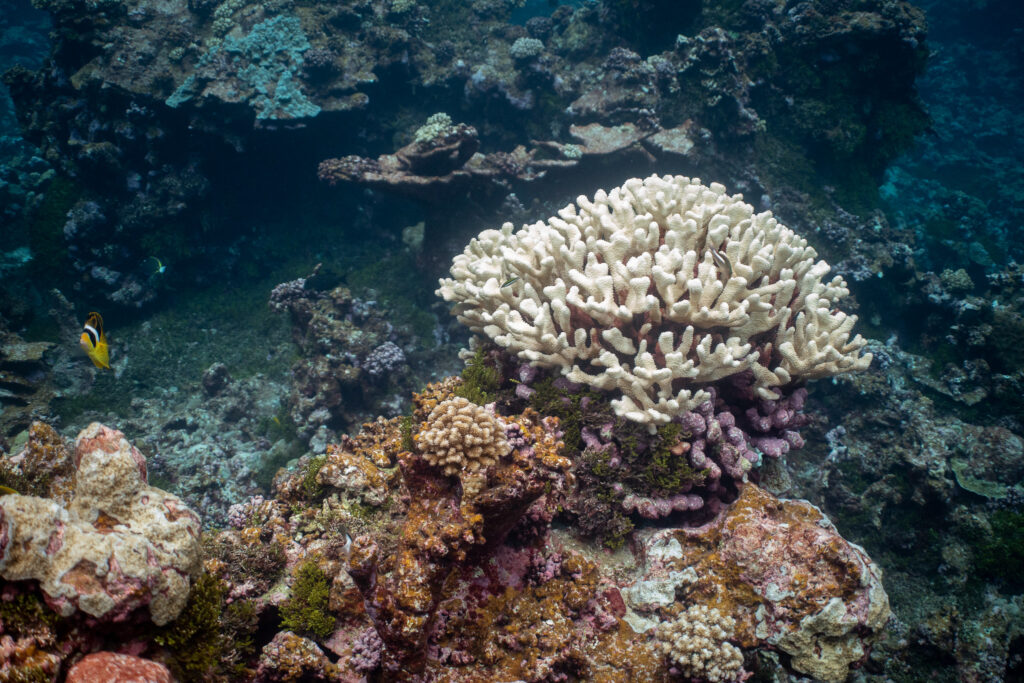
When ocean waters get too warm, corals – which are actually tiny animals – eject the colorful algae that inhabit their tissues. The symbiotic relationship between coral polyps and algae is essential to coral survival When the algae is ejected, previously colorful coral turns white, and the coral can ultimately die. If waters cool off, the algae can reestablish themselves and the coral can regain its color and health.
The world’s oceans have been warming at an unprecedented rate, making coral bleaching and die-off a global phenomenon. It is estimated that half of the planet’s reefs have already disappeared. Some places are worse off than others. For example, almost 95% of coral reefs in Southeast Asia are threatened. Florida’s reefs are especially threatened, particularly since there have been unprecedented marine heatwaves off its coast.
It has long been assumed that deeper reefs, where water is cooler, would remain safe from the effects of warming, but a few years ago researchers recorded coral bleaching some 300 feet underwater along the Egmont Atoll in the western Indian Ocean. At one point, bleaching affected 80% of corals in some areas. This discovery came as a huge surprise to oceanographers. It was probably associated with an El Niño-like phenomenon in the waters and those reefs have mostly recovered in the intervening years.
Fairly recently, researchers have found pristine coral reefs deep down in the waters off the Galapagos Islands, where shallow reefs have largely disappeared. There are likely to be similar reefs in the ocean depths around the world, but scientists are expressing concern that even coral reefs lying deep beneath the ocean surface may not ultimately be protected from the warming seas.
**********
Web Links
As Oceans Warm, Coral Bleaching Seen at Greater Depths
Photo, posted June 5, 2023, courtesy of Ryan Hagerty / USFWS via Flickr.
Earth Wise is a production of WAMC Northeast Public Radio
Leave a Reply